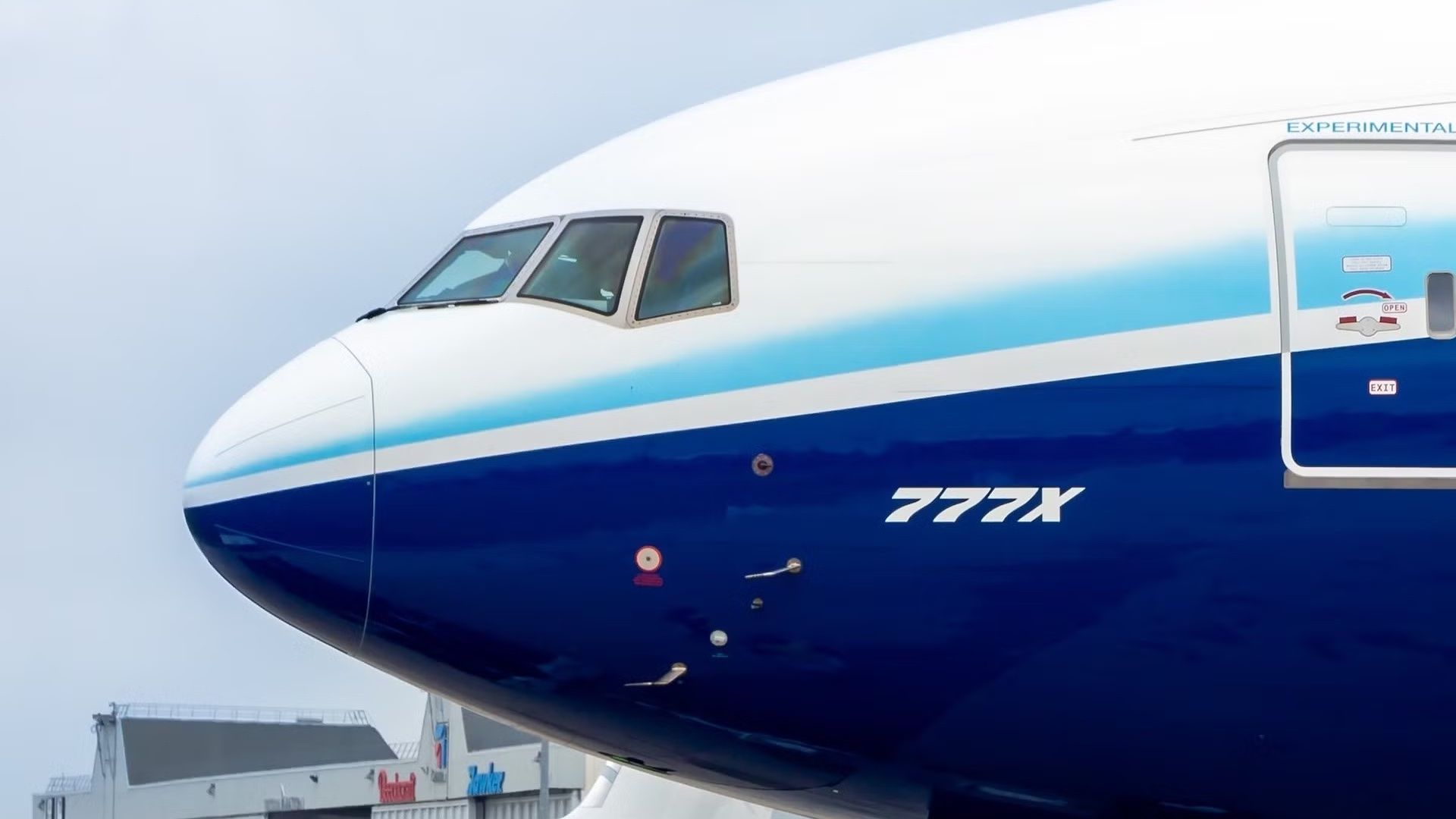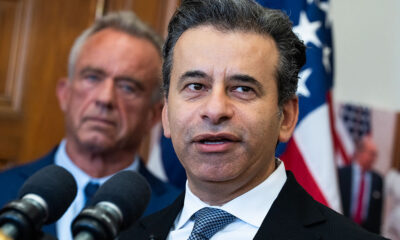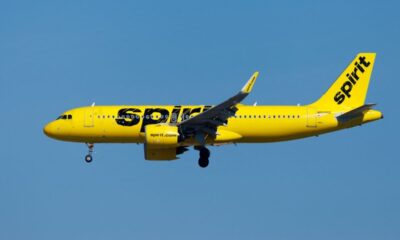World
Boeing Launches Wing Assembly for 777-8F Freighter, Eyes 2028

Boeing has officially commenced wing assembly for its new Boeing 777-8F Freighter, marking a significant milestone for the world’s most capable twin-engine cargo aircraft. This development, taking place at Boeing’s Composite Wing Center in Everett, Washington, involves the assembly of initial wing spars that exceed 100 feet in length, along with corresponding skin panels. This progress is part of the broader Boeing 777X freighter program, which is crucial for the company’s future in the cargo market.
In addition to Boeing’s efforts, major components are also being produced by Japanese partners, including Mitsubishi Heavy Industries, Kawasaki, and Subaru. They play vital roles in the assembly process, showcasing a collaborative international approach to aircraft manufacturing.
Delays and production adjustments have characterized the 777-8F’s development timeline. Boeing has recently announced that the aircraft’s entry into service has been postponed to 2028, following plans to cease production of the Boeing 767 Freighter by 2027. These shifts have significant implications for the market, as aging widebody freighters begin to retire, tightening the industry’s replacement pipeline.
Production Milestones and Future Implications
Boeing’s wing assembly process is progressing smoothly, with the first wing spars drilled and fabricated in Everett. The company has confirmed via LinkedIn that the assembly of the 100-foot wing spars, along with the fabrication of wing skins and stringers, is well underway. These developments align with the ramp-up in production as Boeing prepares for the initial deliveries expected to begin in 2028.
Independent industry coverage has validated these achievements, confirming shop-floor work and robotic drilling efforts on the initial wing spar. Despite the delays in service entry and production, the recent milestones indicate a commitment to advancing the 777-8F program. The aircraft leverages the advanced capabilities of the Boeing 777X family, including composite wings and the latest GE9X propulsion systems, which are designed to enhance efficiency and performance.
From a commercial perspective, the delay in the 777-8F’s entry into service presents a challenge for Boeing. It compresses the timeline between the outgoing Boeing 767F and the upcoming 777-8F, potentially exposing the company to risks as airlines consider alternatives like the Airbus A350F. Nevertheless, the visible progress in production is expected to boost customer confidence and could lead to increased orders.
Impact on the Cargo and Passenger Markets
The developments surrounding the Boeing 777-8F Freighter also bear implications for the passenger travel sector. Although the freighter is not a passenger aircraft, its production supports a shared industrial base with the Boeing 777X passenger variant. Efficient production processes, including composite wing fabrication and quality systems, benefit both cargo and passenger models.
Boeing faces significant challenges with certification delays affecting its latest aircraft families. In the short term, airlines will continue to rely on cargo space in widebody passenger aircraft as a major revenue source. The introduction of the 777-8F will enhance airlines’ capabilities in deploying cargo, ultimately allowing them to generate additional revenue from non-passenger operations. This, in turn, may provide airlines with the flexibility to lower prices across their passenger offerings.
As Boeing progresses with the 777-8F Freighter, it is positioning itself to meet future demands in the cargo market. The combination of high payload capacity, long-range capabilities, and lower emissions make the 777-8F a promising addition to Boeing’s freighter lineup. The company aims to leverage this aircraft to capture the next upcycle in the cargo sector, ensuring its continued leadership in the widebody freighter market.
-

 Science1 week ago
Science1 week agoResearchers Challenge 200-Year-Old Physics Principle with Atomic Engines
-

 Politics1 week ago
Politics1 week agoNHP Foundation Secures Land for 158 Affordable Apartments in Denver
-

 Health1 week ago
Health1 week agoNeuroscientist Advocates for Flag Football Until Age 14
-

 Lifestyle1 week ago
Lifestyle1 week agoLongtime Friends Face Heartbreak After Loss and Isolation
-

 Health1 week ago
Health1 week agoFDA Launches Fast-Track Review for Nine Innovative Therapies
-

 Politics1 week ago
Politics1 week agoIsraeli Air Strikes in Lebanon Kill One, Wound Seven Amid Tensions
-

 World1 week ago
World1 week agoTroops to Enjoy Buffalo Chicken, Thai Curry in 2026 MREs
-

 Business1 week ago
Business1 week agoMaine Housing Inventory Surges to Post-Pandemic High
-

 Top Stories1 week ago
Top Stories1 week agoUnforgettable Moments: The Best Victoria’s Secret Performances
-

 Politics1 week ago
Politics1 week agoMassachusetts Lawmakers Resist Audit After Voter Mandate
-

 World1 week ago
World1 week agoGlobal Military Spending: Air Forces Ranked by Budget and Capability
-

 Business1 week ago
Business1 week agoSpirit Airlines Cuts Workforce with Furloughs for 365 Pilots









